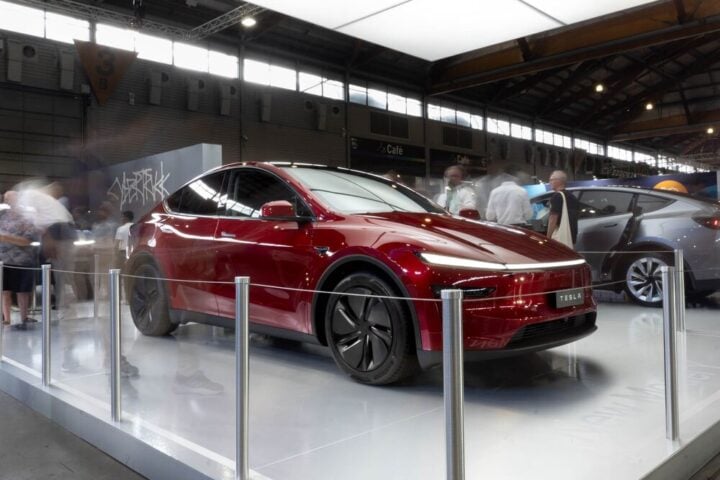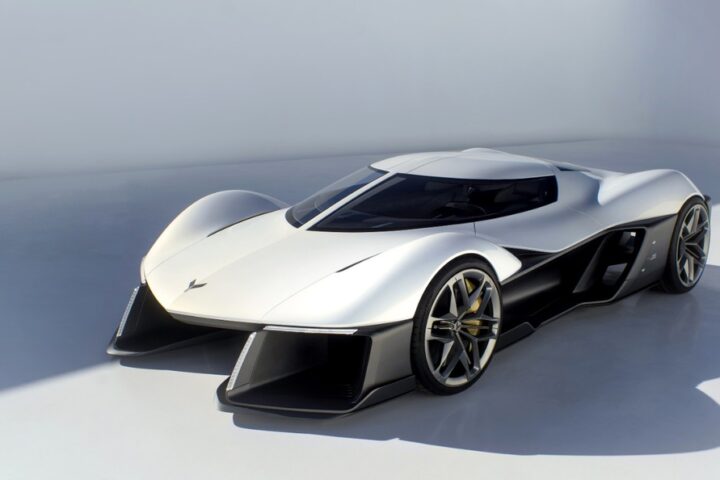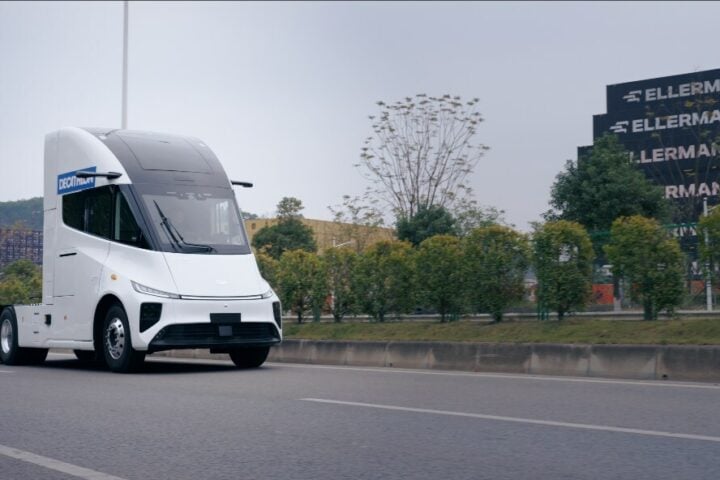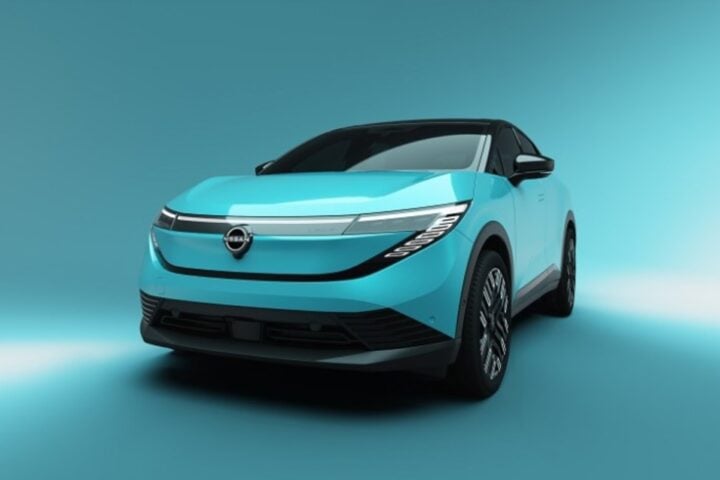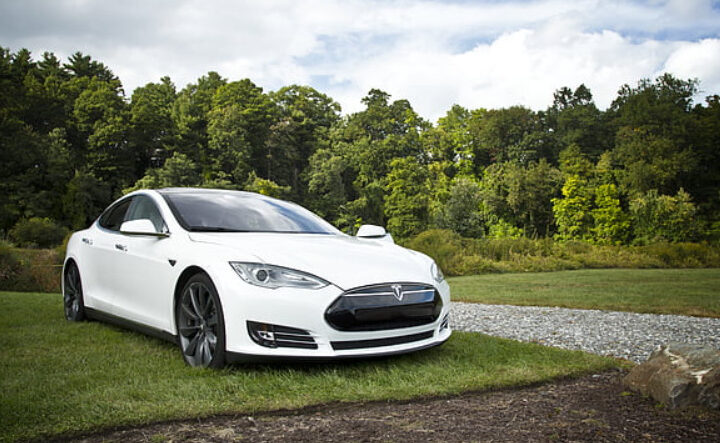In the early 1940s, Henry Ford, a renowned industrialist and visionary, pioneered an extraordinary concept in the face of impending metal scarcity: a car made from agricultural produce, aptly known as the ‘Soybean Car.’
The innovative model, introduced in 1941, replaced metal with agricultural plastic, yielding a vehicle that was lightweight and fuel-efficient. Its creation was made possible through the ingenious use of soybean fiber in a phenolic resin, with formaldehyde applied during impregnation, as described by Lowell E. Overly, a key contributor to the car’s creation.
The Soybean Car’s weight was notably reduced from 2,500 pounds to 1,900 pounds, achieved by utilizing tubular steel and agricultural plastic. Media reports of the time indicate that the body and fenders were made from a robust material derived from soybean, wheat, and corn. A chemical formula that included soybeans, wheat, hemp, flax, and ramie was proposed for the vehicle’s construction.
Upon its unveiling at the annual Dearborn Days festival in 1941, the Soybean Car attracted significant attention for its innovative response to steel rationing amidst World War II. It was also reportedly designed to run on hemp fuel, further enhancing its sustainability appeal.
However, despite its revolutionary potential, the Soybean Car remained an unrealized dream. All auto production was suspended with the onset of World War II, and the country’s post-war recovery efforts overshadowed the plastic car concept. Despite its skepticism and occasional ridicule, the Soybean Car is now preserved at the Henry Ford Museum as a symbol of innovative and forward-thinking design.
Similar Post
According to the museum, Ford’s venture into developing a plastic automobile was driven by three primary motivations. First, he sought to marry industry and agriculture, creating a sustainable manufacturing model. The use of plastic was not merely about weight reduction and fuel efficiency. It was also purported to make the car safer than its metal counterparts, as it could potentially withstand rollovers without being crushed. Lastly, the Soybean Car served as a potential solution to the metal shortage resulting from the war.
As the famous phrase goes, Ford’s vision for the soybean project was to “grow automobiles from the soil.” While 12,000 acres of soybeans were planted for experimental purposes, the project, unfortunately, did not take off significantly.
The Soybean Car, showcased at various events such as Dearborn Days and the Michigan State Fair Grounds in 1941, offered more than a potential remedy for the metal shortage. It symbolized Ford’s longstanding fascination with merging farming and industry.
Yet, differentiating the reality of the Soybean Car from the publicity surrounding it remains a challenge. While the car was reportedly made from soy-based plastic, experts express skepticism, suggesting a conventional phenolic plastic was more likely used.
Despite the Soybean Car’s ultimate demise, its innovative design and lightweight structure continue to spark intrigue. With 14 molded body panels hung on a supportive structure, it created an extraordinarily light, simple assembly.
In the high-tech, eco-conscious world of today, the Soybean Car serves as a reminder of the value of past innovations in seeking sustainable and cost-effective alternatives in the auto industry. The lessons gleaned from this experiment could potentially guide the future of the automobile industry towards a more sustainable path, underscoring the enduring legacy of Ford’s Soybean Car.



